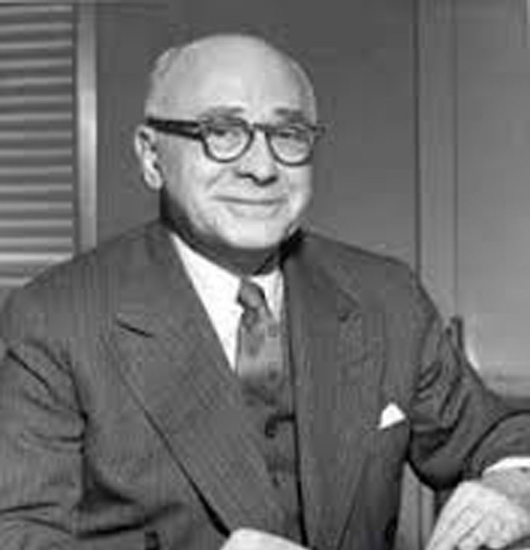1.1: Psychiatry
- Page ID
- 68356
THE PATHOLOGIAING OF GAY and lesbian people began with the invention of the term homosexual by mental health professionals in the late 1800s. As the profession of psychiatry grew in prominence, mental health doctors grew increasingly presumptuous they could identify and ultimately transform gay, lesbian, transgender, and intersex people into heteronormative adults. In 1952, the American Psychiatric Association (APA) officially codified homosexuality as a mental disorder in their Diagnostic and Statistical Manual (DSM). Although this listing has since been removed from the DSM, mental health experts of this era employed a number of unsuccessful therapies in an attempt to cure homosexuality in their patients. Psychotherapy, popularized by Freud at the turn of the century, utilized psychoanalysis, hypnosis, group therapy, and other verbally-based techniques to attempt to cure gay, lesbian, and transgender people. Behavior modification therapy, an attempt to cure same-sex impulses by associating them with negative stimuli, gained popularity in the 1950s. Maximum-security mental health facilities, such as Atascadero State Hospital, allowed mental health professions to employ more extreme methods including electric shock, lobotomies, sterilization, and drugs such as succinylcholine (a drug that simulates the feeling of dying) to try to cure patients of their homosexuality. The rising stature of the psychiatric profession, as evidenced by the establishment of a National Institute of Mental Health in 1946, had implications for LGBTQ people far beyond mental health services. During World War II and thereafter, the military used psychiatric evaluations as the basis for discharging gay and lesbian service members. The Immigration and Nationality Act of 1952 denied entry in the country to those with “psychopathic inferiority,” a psychiatric term that was explicitly intended to deny access to, and later deport, gay and lesbian people. The 1950s Lavender Scare (to be explored in the "Government" section later) was justified, in part, on psychiatric views of the mental instability of gay and lesbian people. Print media in the 1950s published psychiatric-based articles on the homosexual threat to gender norms and on how to prevent homosexuality in children. Even the Revised Standard Version of the Bible added the mental health term “homosexual” in 1946.

DR. HARRY BENJAMIN WAS BORN IN BERLIN, Germany, in 1885. He moved to New York in the 1920s and started a practice focusing on endocrinology and gender identity. From then until the 1960s, he was the go-to person for transgender people seeking medical treatment in the United States. Dr. Benjamin assisted Christine Jorgensen, Reed Erickson, and Renée Richards, among others, to medically alter their physiology and to provide social and legal support. Benjamin, and a network of doctors and psychologists, established the Harry Benjamin Foundation in the 1960s to assist transgender people in obtaining surgery. In 1966, he published the groundbreaking Transsexual Phenomenon. Benjamin retired in the 1970s and was honored as a pioneer for his work. The influential Harry Benjamin International Gender Dysphoria Association (HBIGDA) was named in his honor.



